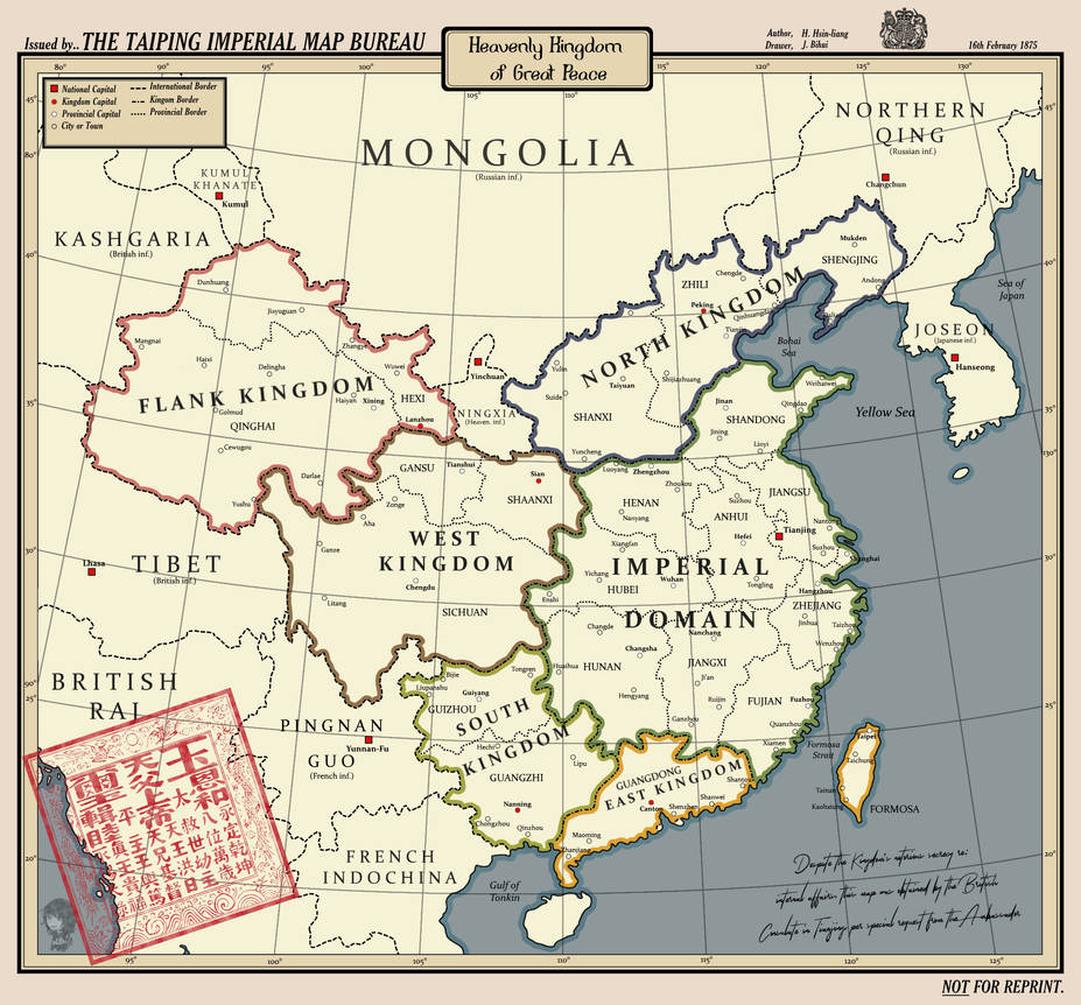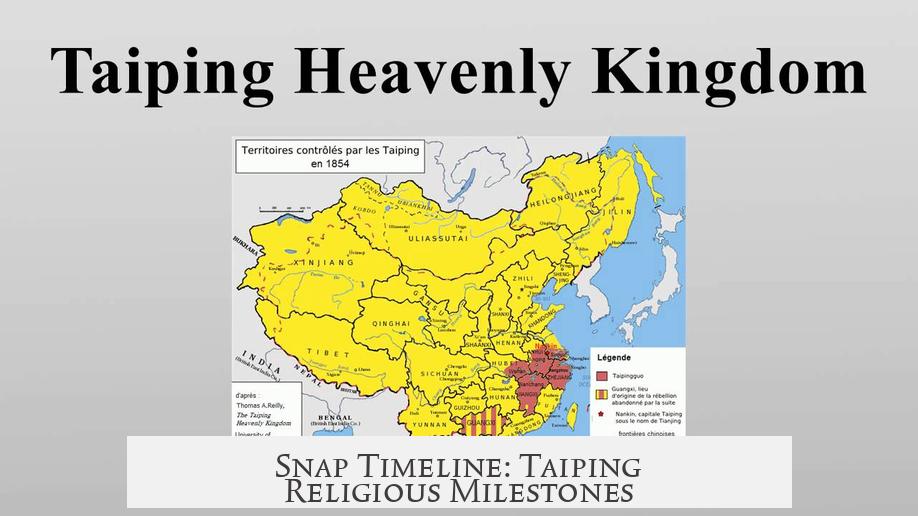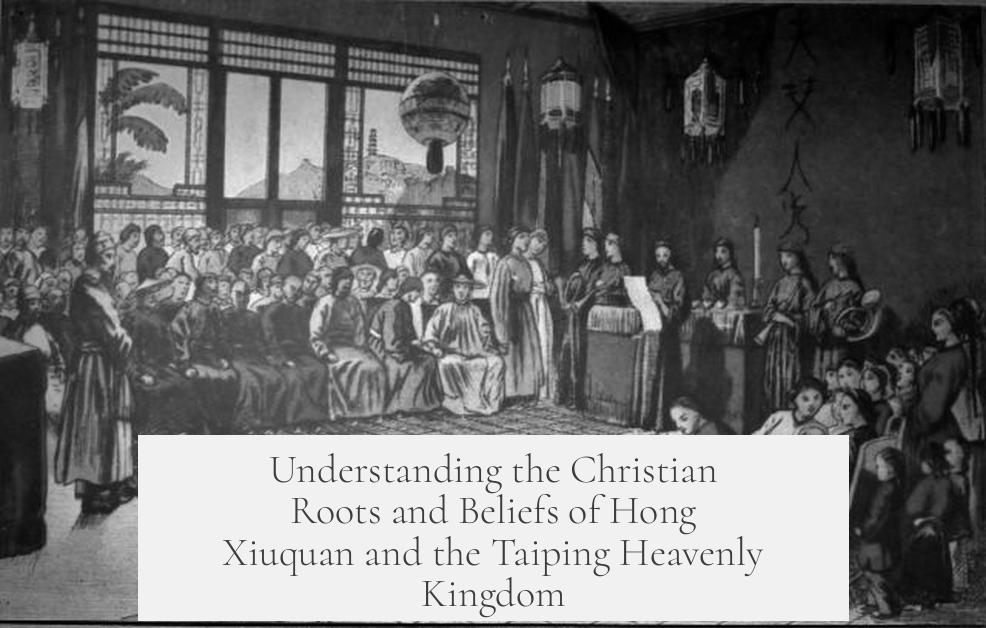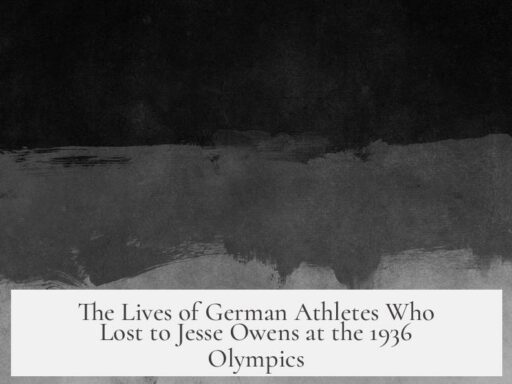Hong Xiuquan and the Taiping Heavenly Kingdom practiced a unique syncretic religion that incorporated Christian elements but diverged significantly from orthodox Christianity. Their belief system combined Christian ideas with Chinese classical philosophy, Buddhist and Daoist notions, and indigenous folk religion. This mixture, often described as “Christian mysticism,” reflects a creative reinterpretation of Christianity rather than traditional Christian doctrine.
The question of how Christian the Taiping and Hong Xiuquan were has engaged historians with varying conclusions. Early Western scholarship, such as Eugene P. Boardman (1952), argued the Taiping were not genuinely Christian. Vincent Shih (1967) viewed the movement as only minimally influenced by Christianity, largely retaining Chinese religious identity. Rudolf G. Wagner (1982) suggested the Taiping represented a successful localization of Christianity in China.
Modern scholarship takes a more holistic view by exploring the interplay between foreign Christian elements and native Chinese religious traditions. Jonathan Spence’s God’s Chinese Son (1996) highlights how Hong’s religious experiences drew upon local beliefs while engaging with Christian ideas. Thomas H. Reilly (2004) emphasizes the role of pre-Confucian structures alongside Christian elements. Carl S. Kilcourse (2016) further explores how the Taiping interpreted Christianity through indigenous frameworks.
Several sources influenced the Taiping theology. Hong was familiar with Chinese classics like the Four Books and Five Classics. The Taiping social system mirrored pre-Confucian societal organization described in the Rites of Zhou. Buddhist and Daoist heterodox sects shaped Taiping ideas of divine justice and eschatology, incorporating karma and concepts of cosmic retribution.
Folk religion also contributed. Taiping depictions of Hell and Satan correspond with the popular underworld imagery of the Jade Records and Yanluo (or Yama), the Chinese ruler of hell. Hong equated Yanluo with Satan, demonstrating reinterpretation of Buddhist and folk concepts through a Christian lens.
Christian literature was limited in Hong’s environment. The primary accessible texts included the Morrison (1823) and Gützlaff (1847) Bibles, along with Leung Fat’s evangelical tract Good Words for Admonishing the Age. Hong discovered Leung Fat’s work in 1836 and studied it intensively by 1843. This tract strongly shaped early Taiping theology.
Hong’s biblical interpretation shows significant syncretism. He fused Christian narratives, such as Noah’s flood, with Chinese linguistic symbolism (identifying his surname 洪 with “flood”). He adapted the name of Jehovah as 耶火華 (Yehuohua) and stressed the Ten Commandments. Moreover, Hong edited biblical texts to align them with his moral ideals, illustrating a dynamic, reciprocal interaction between scripture and Taiping beliefs.
Key religious events illustrate this evolution. Hong experienced visions during an illness in 1837 that marked his new religious identity. He baptized himself and a relative in 1843. By 1844 he founded the God-Worshipping Society. In 1851, the Taiping Heavenly Kingdom was formally proclaimed. Later collaborators, such as Hong Rengan, sought to link the movement more closely to Western missionaries and Lutheran influences by 1859.
Taiping religion thus emerges as a distinct syncretic system. It blends Christian elements not as a copy of Western orthodoxy but as part of a broader cultural and religious fabric. The movement’s faith integrates Chinese classical ideals, Buddhist karmic ethics, Daoist and folk influences, and selective Christian teachings reinterpreted through an indigenous lens. This synthesis supports understanding the Taiping faith as “Christian mysticism” — inspired by but not reducible to standard Christian theology.
| Aspect | Taiping Beliefs | Orthodox Christianity |
|---|---|---|
| Theology | Syncretic, combining Chinese and Buddhist philosophy with Christian texts | Centered on Biblical doctrine and traditional creeds |
| Scripture | Adapted and edited biblical material, influenced by local tracts | Standardized Bible texts without modification |
| Eschatology | Mixture of Christian End Times and Buddhist-influenced afterlife ideas | Predominantly Biblical views of Heaven, Hell, Last Judgment |
| Social System | Modeled on pre-Confucian classics like Rites of Zhou | Non-prescriptive; social orders vary globally |
- Hong Xiuquan’s theology fuses Christian ideas with Chinese classics and Buddhist thought.
- The Taiping faith reinterprets biblical texts through an indigenous and syncretic framework.
- Christian influence is evident yet distinctly local, not orthodox Western Christianity.
- The term “Christian mysticism” appropriately captures their inspired but unique religious identity.
- Taiping eschatology and cosmology blend Christian and Dong Chinese religious elements.
The Religion of the Taiping Heavenly Kingdom: How Christian Were Hong Xiuquan and the Taiping? What Did They Really Believe?

Answer first: The religion of the Taiping Heavenly Kingdom was a curious blend of Christian motifs interwoven with Chinese cultural, philosophical, and religious ideas. Hong Xiuquan and the Taiping were inspired by Christianity but reinterpreted it through a unique syncretic lens, mixing Christian elements with Chinese classics, folk religion, Buddhist concepts, and indigenous thought. They did not follow orthodox Christianity as Western missionaries understood it. Instead, they crafted a distinct spiritual system that might best be described as a form of Christian mysticism integrated deeply into Chinese tradition.
Now, if you think the Taiping religion was a simple copy-paste of the Bible, think again. Their beliefs form a fascinating mosaic that challenges clear-cut labels like “Christian” or “non-Christian.” Let’s dive into how historians view this, what shaped Taiping theology, and who Hong Xiuquan really was as a religious figure.
A Tale of Histories: Western Views versus Modern Understandings
For decades, especially before the 1980s, many Western scholars painted the Taiping movement as either a distorted or barely Christian offshoot. Early historians like Eugene P. Boardman flatly argued the Taiping were not Christian at all. On the other side, Vincent Shih claimed their beliefs were mostly rooted in Chinese indigenous traditions, downplaying Christianity’s role.
But by the 1980s and beyond, this black-and-white perspective gave way to a more nuanced, holistic view. Researchers like Jonathan Spence and Thomas H. Reilly showed us that Hong’s religious experience was shaped both by Biblical texts and vibrant local spiritual currents. Carl S. Kilcourse elaborated on how Taiping Christianity was deeply refracted through Chinese religious thought, creating a new, localized theology.
So what does that mean? It means the Taiping faith was not “Christian” in the strict Western missionary sense. Neither was it simply Christianity cloaked in Chinese garb. It was a creative fusion, a hybrid spiritual system that embraced Christianity yet reinterpreted, edited, and molded it to fit a Chinese worldview. This answers the question: “How Christian were they?” — they were radically Christian but radically Chinese too.
Mixing the Sacred Pot: Sources Shaping Taiping Theology

Hong Xiuquan was well-read in Chinese classical texts like the Four Books and Five Classics. The Taiping social order resembled the pre-Confucian structure described in the Rites of Zhou. In other words, the ancient Chinese blueprint deeply influenced how the Heavenly Kingdom organized itself.
But the story doesn’t end with Confucius. Taiping beliefs drew from Buddhist and Daoist heterodox sects. For example, their focus on divine reward and punishment mirrored Buddhist karma. Their views of the end times included strongly Buddhist eschatological ideas. This startled Western observers expecting a Bible-only worldview.
Where it gets even more interesting is with folk religion. The Taiping conceptions of Hell and Satan overlap with Chinese popular images of Yanluo, the underworld judge from the Jade Records. Hong Xiuquan identified Yanluo with Satan but gave him a new twist under a different name. It’s as if Christianity collided with the old Chinese ghost stories and produced a novel beast.
Missionary Christianity played a different, more limited yet crucial role. Missionaries mostly stayed around treaty ports, and Christian books were rare. Yet Hong came across important texts like the 1823 Morrison Bible, the 1847 Gützlaff Bible, and the evangelical tract Good Words for Admonishing the Age by Leung Fat. Hong found Good Words by chance in 1836 and read it deeply in 1843. This book became the foundation for his later theological creativity.
The Man Who Edited the Bible: Hong Xiuquan’s Unique Religious Vision
Here’s a fun historical twist: Hong didn’t just swallow Christian texts wholesale. He was an editor in his own right. Hong’s theology combined:
- Biblical stories like Noah’s flood (which interestingly shares the character with Hong’s surname 洪),
- the Ten Commandments emphasized as moral pillars,
- the name ‘Jehovah’ adapted as 耶火華 (Yehuohua),
- popular Buddhist ideas on the afterlife, karmic justice,
- and Confucian ideals on societal structure.
Hong was not a passive recipient of Christianity but an active transformer who edited and reshaped texts to reflect his ethical and cosmic vision. He wrote and rewrote scripture to better fit his sense of divine justice and social order. This meant the Bible’s influence on Taiping beliefs was bi-directional: Taiping theology redefined the Bible just as the Bible informed Taiping thought.
Snap Timeline: Taiping Religious Milestones

| Year | Key Religious Event |
|---|---|
| 1836 | Hong obtains Good Words for Admonishing the Age. |
| 1837 | After an illness with hallucinations, Hong adopts Christian-inspired religious identity. |
| 1843 | Hong baptizes himself and a relative. |
| 1844 | Hong founds the God-Worshipping Society (拜上帝會, Bai Shangdi Hui). |
| 1847 | Hong invited but dismissed by Southern Baptist missionary Issachar Jacox Roberts. |
| 1848 | Yang Xiuqing and Xiao Chaogui claim to channel God and Jesus respectively. |
| 1851 | Taiping Heavenly Kingdom proclaimed. |
| 1859 | Hong Rengan, educated by a Lutheran missionary, advances Western missionary relations. |
What Makes This Important for Today?
So why should we care about how Christian Hong Xiuquan was? Because it challenges easy categories. It reminds us that faith is often messy, syncretic, and local. The Taiping movement shows us how religions travel, transform, and get reborn in new cultures.
Moreover, it serves as a caution against reading history through a narrow lens of “Christian or not Christian.” The Taipings were neither traditional Christians nor entirely Chinese folk religion believers. Instead, they created a living hybrid faith, a unique phenomenon revealing layers of interaction between East and West, old and new, native and foreign.
Final Thoughts: Christian Mysticism or Something More?
Calling the Taiping religion “Christian mysticism” is useful but incomplete. It accurately signals that the movement was deeply inspired by Christianity but involved ecstatic religious experiences and mystical elements colored by Chinese thought.
Yet, draping the Taiping entirely in the Christian mantle misses their creativity and rootedness in Chinese traditions, like Confucian social ideas, Buddhist-karmic justice, and folk underworld timelines.
This complex mixture ultimately powered their radical political and social revolution, making the Taiping Heavenly Kingdom one of the most memorable—and mystifying—faith-based movements in world history.
So next time someone asks, “How Christian were the Taiping?” you can answer confidently: They were Christian-ish and far more — a bold, radical reinterpretation of Christianity infused with a vivid tapestry of Chinese religious life.




